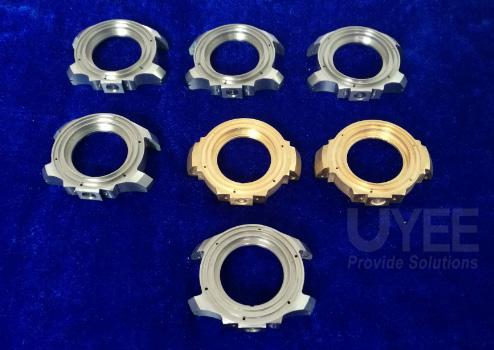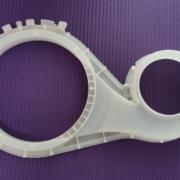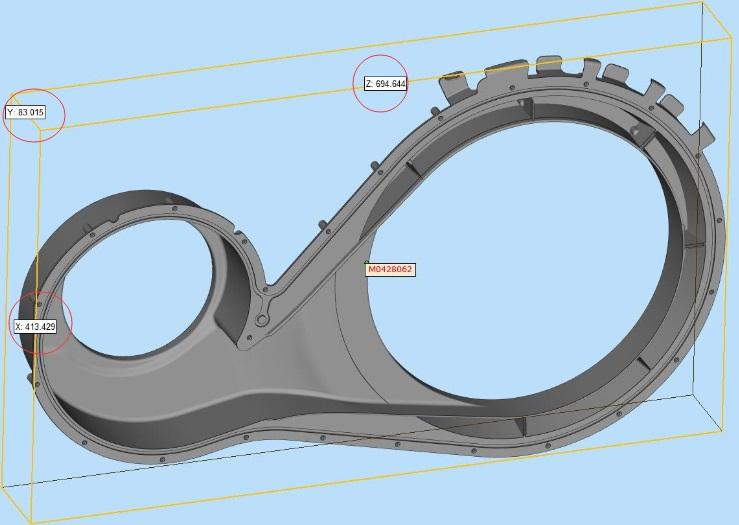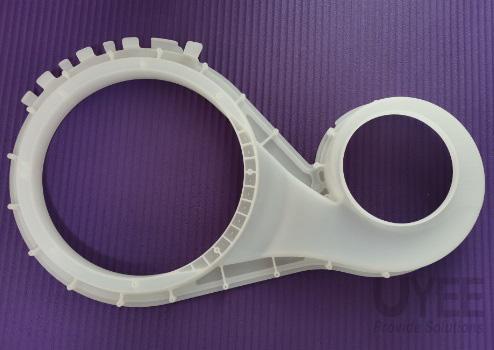Why Is CNC Aluminum Prototype Widely Used?
Aluminum is one of the most common material options for CNC machining and prototyping due to its attractive physical properties. The metal is reliable, making it suitable for mechanical components, and the oxidized outer layer of Aluminum is resistant to corrosion by the elements. Unlike many other metals with comparable chemical properties, aluminum provides outstanding machinability: It can successfully penetrate many of its grades by cutting equipment, chipping quickly, and being relatively easy to mold. Aluminum can also be machined more than three times faster than iron or steel.
Here we will discuss some of the critical benefits of CNC Aluminum Prototype and why it is one of the most common prototyping and manufacturing processes, along with some alternatives for aluminum.
What are the benefits of CNC Machining for Prototyping?
CNC machining has a range of benefits over 3D printing and other prototyping methods discussed in this article and some drawbacks. One of the main advantages of using CNC machining to make prototypes—Especially for parts finally formed by injection molding—is that CNC machining creates prototypes made of solid materials, unlike 3D printing. It indicates that the CNC machined components’ mechanical properties are very similar to those of the injection molded parts.
It can produce CNC machined parts designs with outstanding surface finishes. Depending on the material chosen and depending on the post-processing processes used, It may leave CNC machine sections as machined, beaded, anodized, powder-coated, sanded with varying grits down to a polished surface, or chrome-plated.
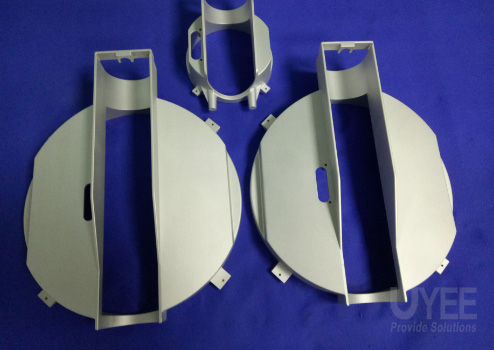
So, why CNC Aluminum Prototype is widely used?
Here are some of the reason why CNC Aluminum Prototype is used :
Custom Finishing
Aluminum can be mold to suit the customer’s needs after finishing. You can make it seem like the most beautiful tradition by doing specific stuff. Aluminum CNC pieces can get plated with different colors as per the specifications. Three of the colors you can try are purple, blue, and green.
CNC aluminum machining is subject to various improvements, particularly in the design and requirements, which allow it to make a quick transition by beginning a newly reviewed and accepted program.
Machinability
One of the critical reasons why engineers prefer aluminum for their machined components is because, very literally, the material is easy to machine. Although Aluminum CNC Machining would benefit the part’s equipment maker, it also has significant advantages for the corporation buying the piece and the end-user who would purchase it.
Since aluminum chips are simple and easy to mold, they can be cut easily and precisely using CNC machine tools. It has some significant consequences: firstly, the machining job’s short timeframe makes the operation easier (because the machine and less running time need less energy from the device itself). Secondly, good machinability means less deformation of the component as the cutting tool moves through the workpiece.
Electrical conductivity
Pure aluminum metal has an electrical conductivity of approximately 37.7 million siemens per meter at normal room temperature. Aluminum alloys can have lower conductivity, but aluminum materials are considerably more conductive than other stainless steel alternatives. Due to their electrical conductivity, parts after Aluminum CNC Machining can be used for creating electrical components.
Easy Machining
The other positive thing about the Aluminum prototype is that products can get conveniently created by punching, folding, and drilling. You may use it to shape the different shapes of the parts as required. The power used in the machining of aluminum is much smaller than that used in steel.
Anodization potential
Machined aluminum parts are widespread in the consumer electronics industry, not only because of the strength and weight requirements but also because of essential esthetic considerations. As well as being receptive to paints and stains, you can treat aluminum with anodization to thicken the protective outer layer of the Aluminum.
Easily Bendable
One positive thing about using the CNC machining process for manufacturing aluminum CNC parts is to bend them quickly. In comparison to steel, the machine can rapidly turn the aluminum material during the machining process. The thickness of this material can allow proper use of the different molding methods. The easiest way to do this is by pressing and grinding several shapes of aluminum CNC pieces quickly.
Alternatives to aluminum in CNC machining
Businesses may, for any variety of reasons, pursue alternatives to aluminum for CNC machining. Overall, the metal has a few weaknesses: the oxide coating will destroy tooling and is typically more costly than substitutes such as steel, partially due to aluminum manufacturing’s high energy costs. Here are several possible machining alternatives to aluminum, focusing on their distinctions and similarity to common silver-gray metals.
- Steel & stainless steel
- Titanium
- Magnesium
- Brass
- Copper
Thanks to the CNC machining, it is now effortless to come up with aluminum parts. The accuracy you get when removing those bits is the key reason many consider CNC Aluminum Prototype.

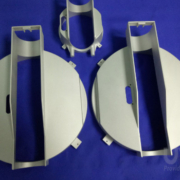
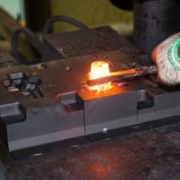
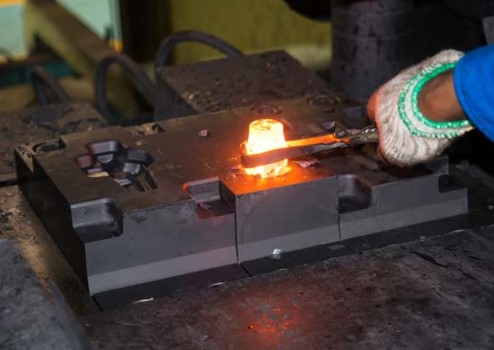
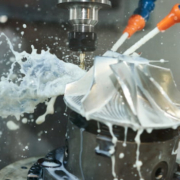
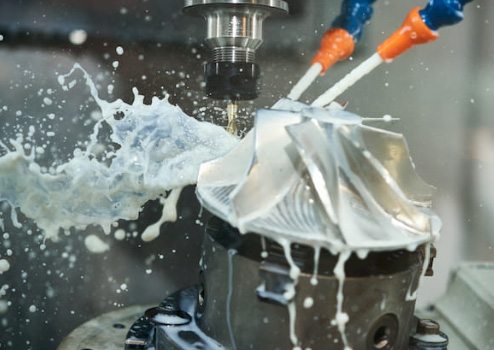
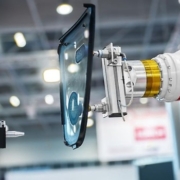
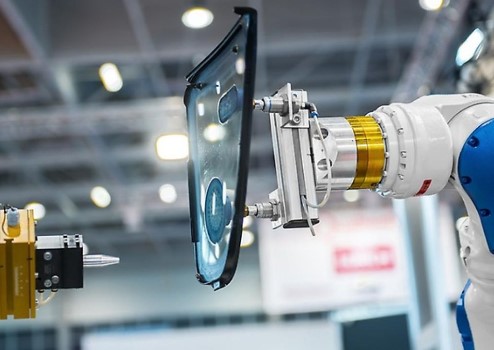
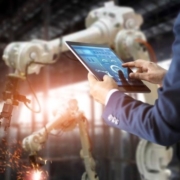
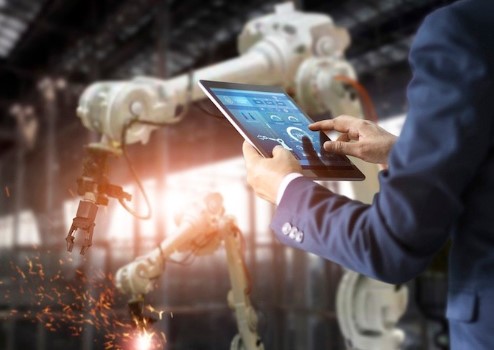
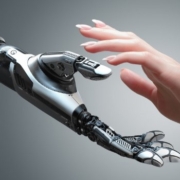
 Adecco has carried out a study to measure the direct and indirect impact of artificial intelligence in the world of work. The result reflects that, despite the fact that this technology is still in full development, 37% of the human resources directors surveyed believe that artificial intelligence and CNC machining already have a significant relevance, is the present and is a reality at the moment. 48% maintain that the true impact will come soon, in the short-term future, and that you have to be prepared for when that happens.
Adecco has carried out a study to measure the direct and indirect impact of artificial intelligence in the world of work. The result reflects that, despite the fact that this technology is still in full development, 37% of the human resources directors surveyed believe that artificial intelligence and CNC machining already have a significant relevance, is the present and is a reality at the moment. 48% maintain that the true impact will come soon, in the short-term future, and that you have to be prepared for when that happens.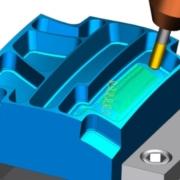
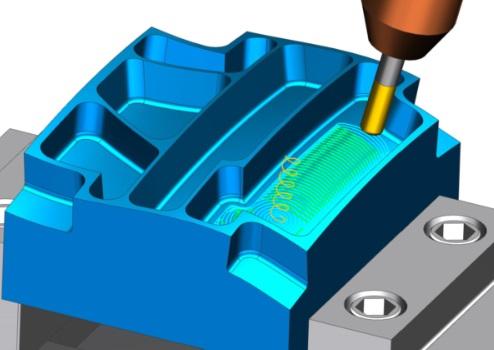
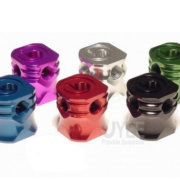
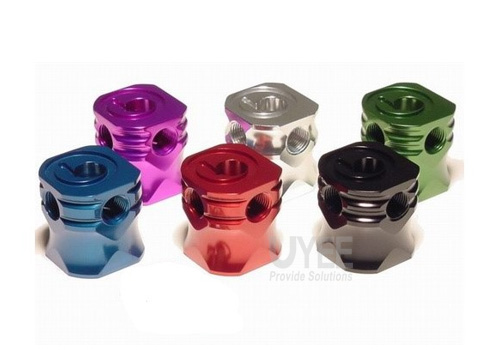
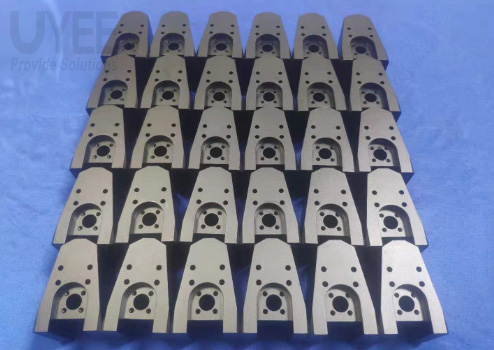
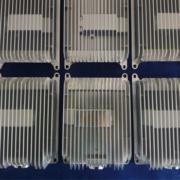
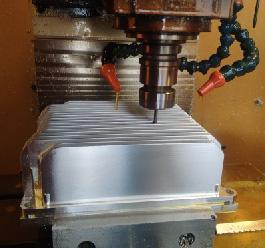 It is not easy to create quality pieces, it takes an expert in the field to achieve it, and also the knowledge and application of the correct technique. It is extremely important that each piece meets quality standards, and at least with the basic characteristics of itself, which will allow you to develop the multiple tasks that you will have. Well, we know then that in the manufacture of materials and parts used in electronics, it is very necessary to create very precise parts, which ensure the perfect operation of the entire system, which is why very exact and modern procedures are required.
It is not easy to create quality pieces, it takes an expert in the field to achieve it, and also the knowledge and application of the correct technique. It is extremely important that each piece meets quality standards, and at least with the basic characteristics of itself, which will allow you to develop the multiple tasks that you will have. Well, we know then that in the manufacture of materials and parts used in electronics, it is very necessary to create very precise parts, which ensure the perfect operation of the entire system, which is why very exact and modern procedures are required.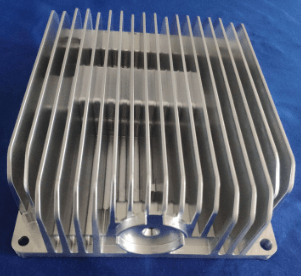 For the most part, this group of components is manufactured through CNC Aluminum Machining, a technique that has been effective in creating so many other pieces of different metals and their alloys as well. There are so many benefits that aluminum machining is capable of bringing both manufacturers and their customers, however, there are a couple that are more decisive than others. The thermal conductivity of the heat sinks created from CNC machining aluminum is impressive, so they can easily be classified as the best on the market. The heat sinks that are built from the CNC aluminum prototype, usually achieve what could not be done with other previous techniques, and we know that the forms that these components come to acquire are really interesting. Otherwise, they would not be able to fulfill their main functions.
For the most part, this group of components is manufactured through CNC Aluminum Machining, a technique that has been effective in creating so many other pieces of different metals and their alloys as well. There are so many benefits that aluminum machining is capable of bringing both manufacturers and their customers, however, there are a couple that are more decisive than others. The thermal conductivity of the heat sinks created from CNC machining aluminum is impressive, so they can easily be classified as the best on the market. The heat sinks that are built from the CNC aluminum prototype, usually achieve what could not be done with other previous techniques, and we know that the forms that these components come to acquire are really interesting. Otherwise, they would not be able to fulfill their main functions.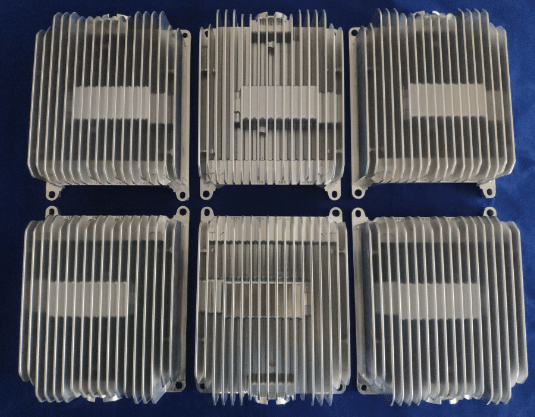 On many occasions, heat sinks are found in multiple places, as they are used in industries such as electricity, transportation, among others, so not all customers will want their components to have similar characteristics to each other. It is here where another of the properties of aluminum prototype presents diversified solutions, and that is that they are capable of adapting to multiple environments, without risking the integrity of the component, combating humidity, corrosion and other damages.
On many occasions, heat sinks are found in multiple places, as they are used in industries such as electricity, transportation, among others, so not all customers will want their components to have similar characteristics to each other. It is here where another of the properties of aluminum prototype presents diversified solutions, and that is that they are capable of adapting to multiple environments, without risking the integrity of the component, combating humidity, corrosion and other damages.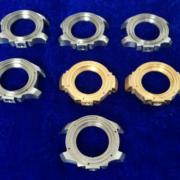
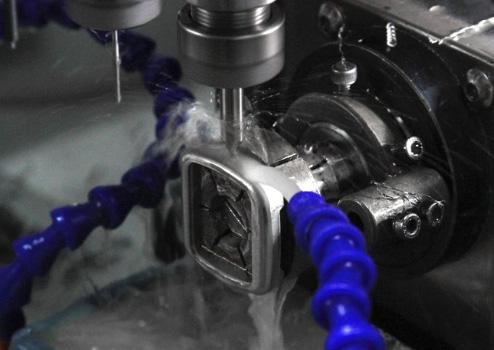 We have some of customers are from Watch & Jewellery industry . They often place some orders for the watch case making ,from prototype to low volume manufacturing .We make them by CNC machining .For a watch ,the case is the main component of the whole body, it is designed and built to house the movement and all the components needed for the correct functioning of the watch. There are many different shapes of cases, from the simplest to the most complex with various materials .The most important for watch case making is that focus on detail and tolerance ,because it’s a type of small and high precision product .The use of equipment such as precision machine and special tools enable us to reduce production cost and obtain a case with high-level technical and aesthetic characteristics .Precision and attention to detail are our trademark.
We have some of customers are from Watch & Jewellery industry . They often place some orders for the watch case making ,from prototype to low volume manufacturing .We make them by CNC machining .For a watch ,the case is the main component of the whole body, it is designed and built to house the movement and all the components needed for the correct functioning of the watch. There are many different shapes of cases, from the simplest to the most complex with various materials .The most important for watch case making is that focus on detail and tolerance ,because it’s a type of small and high precision product .The use of equipment such as precision machine and special tools enable us to reduce production cost and obtain a case with high-level technical and aesthetic characteristics .Precision and attention to detail are our trademark.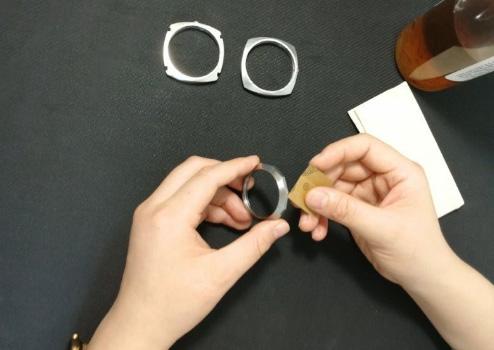 Titanium is used in many sectors, it is recognized as a prestigious material due to its characteristics, it is in fact light, resistant in itself and corrosion. Therefore, even when we talk about owning a titanium watch we mean having a valuable product, with excellent technical characteristics and long-lasting .The disadvantage is that titanium machining turns out to be a harder work, in fact, dedicated tools are needed and some operations, which are good for other metals, must be completely rethought to adapt to the characteristics of titanium. We always prefer to use grade 5 because, even if it is more difficult to work as it is harder, but it allows for better polishing and has superior technical performances.In particular.it has a perfect finishing using PVD surface treatment .
Titanium is used in many sectors, it is recognized as a prestigious material due to its characteristics, it is in fact light, resistant in itself and corrosion. Therefore, even when we talk about owning a titanium watch we mean having a valuable product, with excellent technical characteristics and long-lasting .The disadvantage is that titanium machining turns out to be a harder work, in fact, dedicated tools are needed and some operations, which are good for other metals, must be completely rethought to adapt to the characteristics of titanium. We always prefer to use grade 5 because, even if it is more difficult to work as it is harder, but it allows for better polishing and has superior technical performances.In particular.it has a perfect finishing using PVD surface treatment .